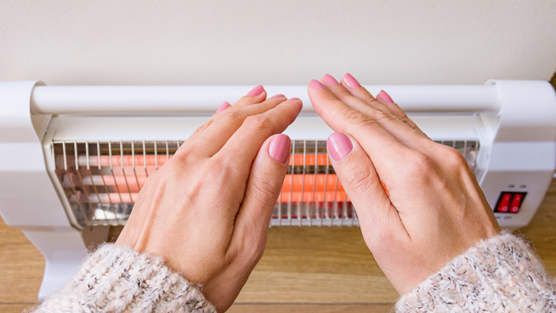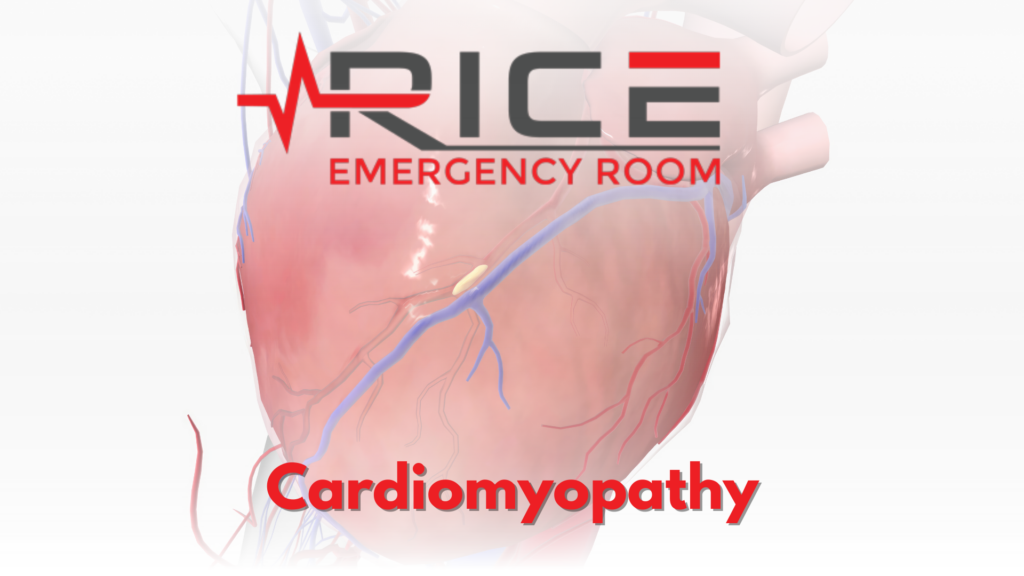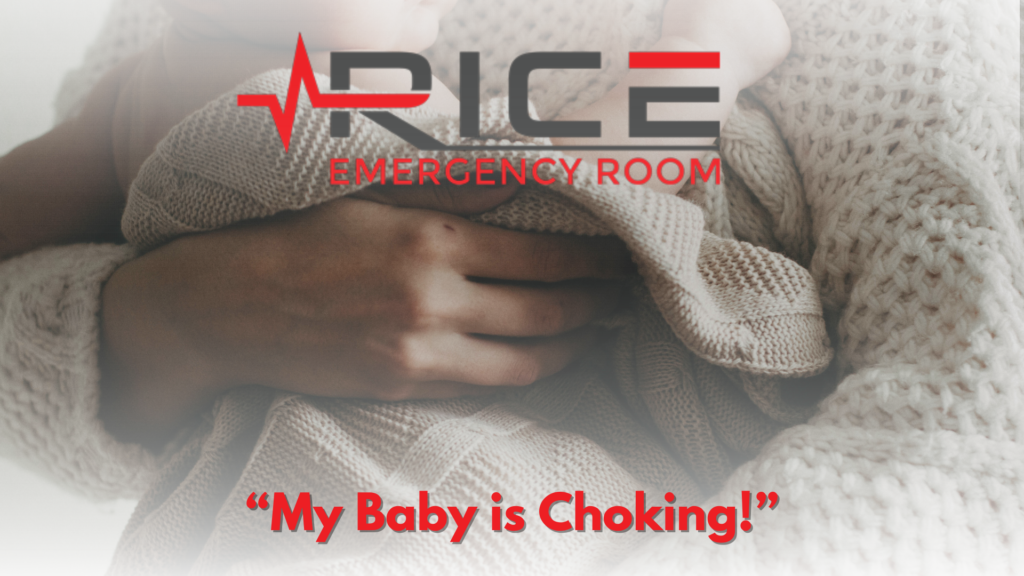As temperatures drop and the cooler months loom on the horizon, residents often find solace in the inviting warmth of their home heaters. Unfortunately, this seemingly benign comfort may harbor a nefarious and silent threat: carbon monoxide (CO). Carbon monoxide is a colorless, odorless gas, earning it the ominous title of “silent killer” due to its covert yet perilous presence.
Insidious Sources of Carbon Monoxide in Homes
The reliance on heating during chillier seasons catalyzes the potential for Carbon Monoxide generation in homes. Carbon Monoxide typically infiltrates our safe spaces through common household items and applications, particularly those that involve burning fuels. Such instances include malfunctioning or improperly vented units. These appliances include space heaters, gas stoves, gas water heaters, fireplaces, furnaces, generators, and cars (if left running in a closed garage). The exhalation of Carbon Monoxide into our homes typically stems from inappropriate usage or maintenance issues. Consequently, as we increasingly engage our heating units and devices, our risk of exposure to this gas similarly escalates. (Consumer Product Safety Commission)
Recognizing the Enigmatic Symptoms of CO Poisoning
Illuminating the symptoms of CO poisoning further complicates our battle against it, given their frequent misattribution to other common ailments like the flu. These symptoms encompass headaches, dizziness, weakness, upset stomach, vomiting, chest pain, and confusion. In acute cases, CO poisoning can manifest through blurred vision, loss of consciousness, and can even culminate in death if left unaddressed. (Mayo Clinic)
Strategic Preparation for the Cool Months Ahead
Safeguarding our homes from Carabon Monoxide, especially during the colder seasons, necessitates a thorough and cautious preparation strategy. Some pivotal steps to consider include:
- Installing Carbon Monoxide Detectors: Affix these life-saving devices in strategic and pivotal locations throughout your residence, such as near bedrooms and on every floor. Regularly inspect them to ensure their optimal functioning and replace their batteries annually.
- Routine Maintenance of Heating Devices: Engage in or enlist professional services to perform systematic checks and maintenance of your heating devices and equipment. Annual checks of heating systems, water heaters, and any other gas, oil, or coal-burning appliances enhance their performance and minimize CO emission risks.
- Strategic and Safe Usage of Alternative Heating Devices: Implementing alternative heating devices like space heaters and generators requires cautious application. Always ensure they’re utilized in well-ventilated areas and maintain a safe distance from flammable materials. Moreover, never operate them while sleeping or away from home to mitigate the risk of accidental CO emissions.
- Educational Initiatives: Equip your household members with crucial knowledge regarding the sources, symptoms, and preventive measures pertaining to CO poisoning. An informed person is an empowered defender against this silent peril.
(NFPA)
When Immediate Action is Imperative
Should you suspect CO poisoning – exemplified through the emergence of its symptoms, especially if multiple household members experience them simultaneously – instant and decisive action is paramount:
- Evacuate: Immediately vacate the property, ensuring all occupants are accounted for.
- Seek Medical Attention: Even seemingly innocuous symptoms may veil a dire situation. Immediately contact medical professionals or visit the ER.
- Engage Professional Help: Once safe, commission professional help to discern and rectify the CO leakage source before returning home.
(Mayo Clinic)
The silent peril of CO menacingly lurks within the crevices of our winter warmth. Educating ourselves and our community about its sources, recognizing the symptoms of CO poisoning, and establishing preventive measures heralds a robust defense against this unseen adversary. As the cooler months approach, let’s ensure our pursuit of comfort does not inadvertently invite danger into our homes. Stay safe, stay warm, and protect one another against the silent dangers of carbon monoxide.
Works Cited
“CO Sources and Symptoms.” Consumer Product Safety Commission, www.cpsc.gov/Safety-Education/Safety-Education-Centers/Carbon-Monoxide-Information-Center/Carbon-Monoxide-Questions-and-Answers-/.
“Carbon Monoxide Poisoning.” Mayo Clinic, www.mayoclinic.org/diseases-conditions/carbon-monoxide/symptoms-causes/syc-20370642. https://www.nfpa.org/Public-Education/Staying-safe/Safety-equipment/Carbon-monoxide




